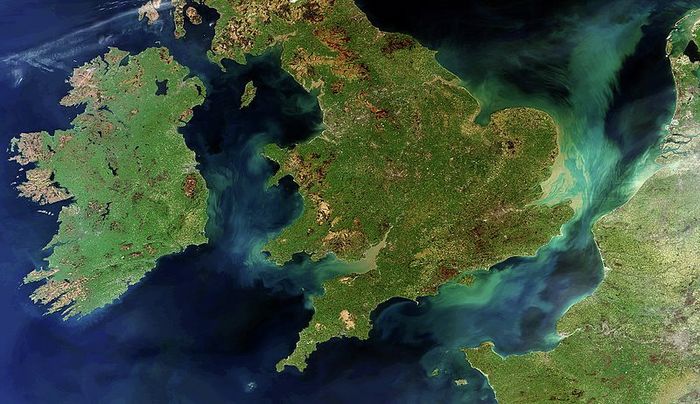Cambridge study finds exoplanet may harbour conditions for life
Researchers made the potential discovery through modelling the atmosphere and interior of K2-18b, an exoplanet 124 light years from Earth

Researchers at Cambridge’s Institute of Astronomy have discovered that an exoplanet, named K2-18b, could in fact harbour liquid water and the conditions for life.
The planet is unusual because it is more than twice the size of Earth, challenging the assumption that habitable planets must be similar to our own. Lead author of the study and researcher at the Institute Nikku Madhusudhan, explained that “it is quite plausible that the planet could be habitable”.
K2-18b was first discovered in 2015, and received significant attention in 2019 when water vapour was detected in its atmosphere, making it an interesting candidate for further scientific investigation.
“The likelihood of habitability is hard to quantify at the moment in a strictly statistical sense, given the wide range of possible solutions within each of the three classes,” Madhusudhan told Varsity.
The model used by Madhusudhan and his colleagues produced three possible compositions for K2-18b, which the investigators termed “rocky world”, “mini-Neptune”, and “water world”.
But the exoplanet is also currently “the only planet currently known which is in the habitable-zone of its star and whose atmosphere is known to have water vapour in it”, according to Madhusudhan.
One critical feature that also determines the habitability of the planet is the thickness of an envelope composed of hydrogen and helium which surrounds a planet.
The Cambridge study found that a thin envelope is sufficient to explain the current measurements of the planet’s composition. Conditions under a thin envelope would be similar to those on the surface of the Earth’s oceans.
The model of the planet is also interesting for showing the interior's unusually low concentrations of methane and ammonia, suggesting that the atmosphere is not in chemical equilibrium.
“The underabundance of these chemicals may be indicating possible sinks in the atmosphere or interior that we don’t yet understand, and it is not clear if they have any biological relevance,” he said.
The researchers hope that future observations, possibly with NASA’s new high-tech James Webb Space Telescope, on track for launch in 2021, will refine their predictions.
 Features / Cambridge: where toxic productivity turns rest into a radical act8 April 2025
Features / Cambridge: where toxic productivity turns rest into a radical act8 April 2025 News / Rowing row continues as Oxford and Cambridge scrap women’s trial race9 April 2025
News / Rowing row continues as Oxford and Cambridge scrap women’s trial race9 April 2025 News / Under 3% of applicants for Cambridge academic jobs are successful7 April 2025
News / Under 3% of applicants for Cambridge academic jobs are successful7 April 2025 News / Uni to ‘review’ tripos rankings and weekend lectures in undergrad teaching overhaul10 April 2025
News / Uni to ‘review’ tripos rankings and weekend lectures in undergrad teaching overhaul10 April 2025 Comment / Death of the June Event?9 April 2025
Comment / Death of the June Event?9 April 2025





